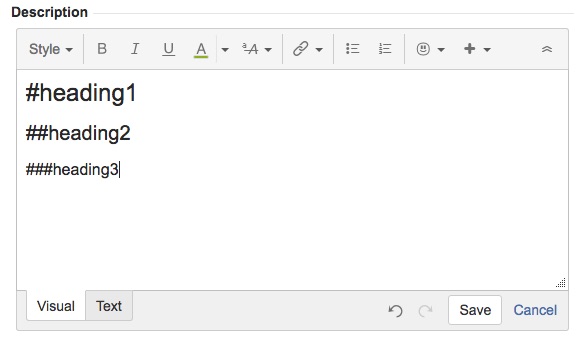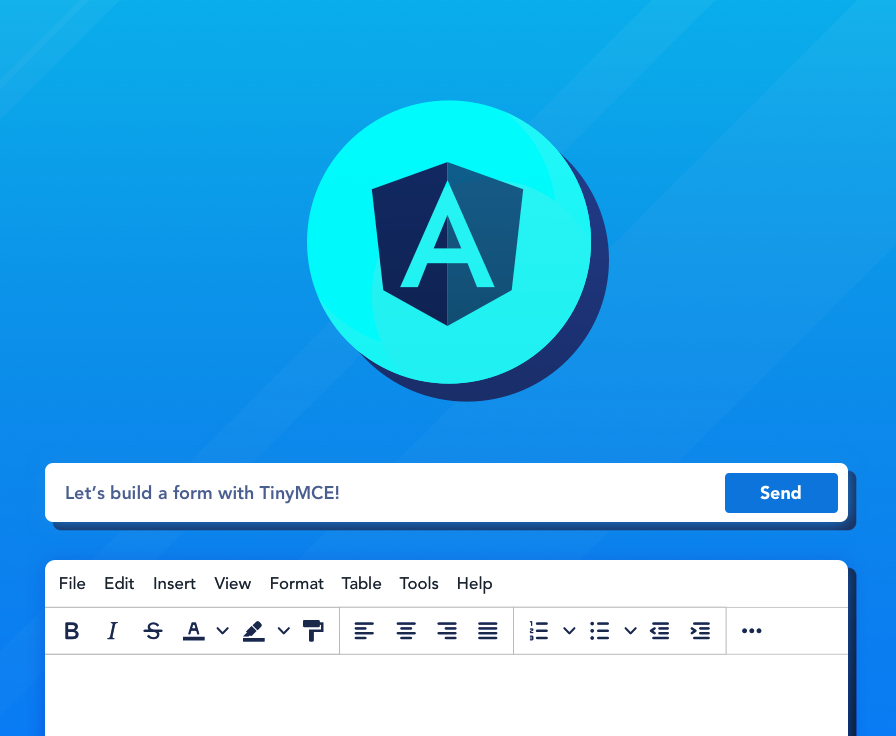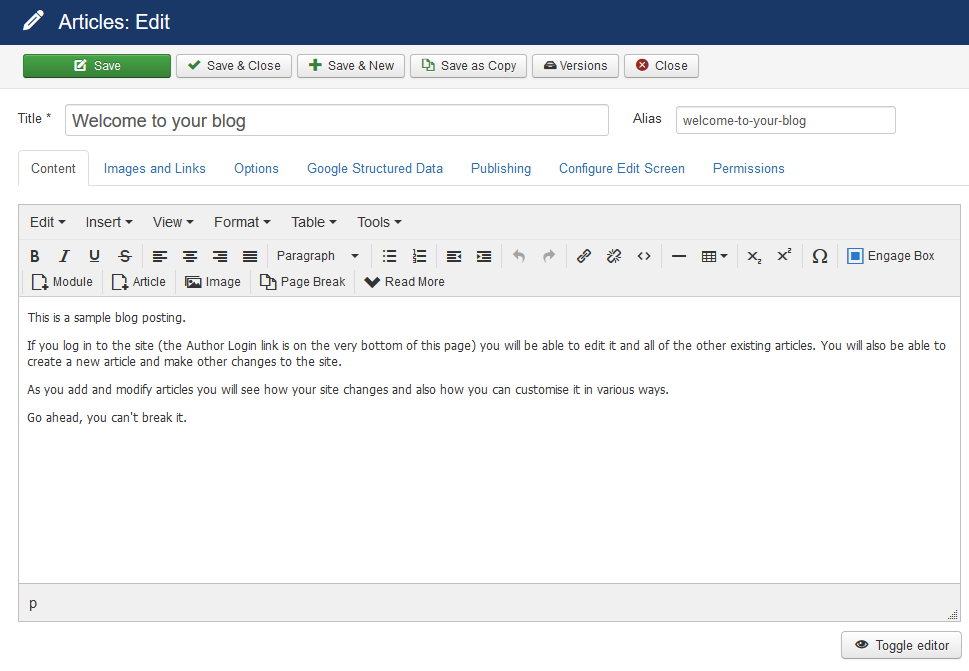
- #Configure tinymce pro rich text editor pro how to#
- #Configure tinymce pro rich text editor pro code#
But it can, at the same time, introduce long term maintenance issues. It doesn’t have to contribute to your growing list of improvement requests showing on the roadmap.īuilding drag and drop functionality can be a quick solution for you and your team. Setting up drag and drop in your app’s rich text editor – whether it’s for a word processing or document building experience – doesn’t have to create maintenance work. TinyMCE’s dimensions are configured with the width and height attributes.HTML Use Cases Product Development Textarea Setting the width and height of the editor See the Web Component documentation for an example of avoiding raw HTML b. Encode the content as text when adding initial editor text. It’s important not to insert raw HTML here, as that would allow JavaScript embedded in the content to run unintentionally. You can set the initial content of the editor after TinyMCE loads by providing a text node as the child of your element. The TinyMCE web component provides HTML attributes that expose most common editor options. In the developer tools view of the page, you can see the main.js file built with webpack: Configuring your TinyMCE component The above example show in the image was built using NPM, the TinyMCE web component integration, and webpack. You’ll see a fresh TinyMCE editor that you can use to begin writing rich text: Setting up your HTML pageįirst, prepare an HTML page to host your TinyMCE editor. You’ll see examples of both approaches below. Alternatively, you can integrate TinyMCE through npm packages using a module bundler such as webpack or Rollup. You can link directly to the TinyMCE web component using a tag.
#Configure tinymce pro rich text editor pro how to#
How to configure TinyMCE using web components You can drop a fully featured text editor into a web page without writing any JavaScript, or managing a heavy framework. TinyMCE’s web component is a great example of usability and reusability. And, you can reuse it throughout the page.įor instance, you can place multiple text editors into the page. The element looks and feels like any other HTML element, such as or. Once you register your custom element, you can use it anywhere in your application by writing that HTML tag. Event handlers let you set up a shadow DOM, render an HTML template, and access the attributes applied to each element instance.
#Configure tinymce pro rich text editor pro code#
Register your custom elements with the browser by using JavaScript to reserve an element name and provide code that’s executed when the component is used. It prevents a custom element’s styles and functionality from leaking out to the page’s main DOM. Shadow DOM is a JavaScript API for rendering an HTML element’s content in a separate DOM tree.Templates are most commonly used to define markup rendered by custom elements. They’re inert until explicitly referenced by your application. HTML templates provide a mechanism for writing sections of HTML that aren’t automatically rendered.Custom elements define HTML elements, such as, that you can add to a page.Together they can be used to create your own self-contained HTML elements that provide functionality for reuse throughout your application, and the relevant APIs are fully supported in all modern browsers. “Web components”, as they’re collectively known, are actually three different technologies. This modern approach is powerful, intuitive and lets you create TinyMCE text editor instances by adding a tag to your page.

In this tutorial, you’ll learn how to include TinyMCE as a web component.

You can choose to use web components as a lightweight alternative to fully fledged frameworks like React and Angular, in situations where you don’t need the power that those alternatives offer. What’s a web component? Web components are snippets of reusable HTML that include the CSS styles and JavaScript code they depend on. One such example is that you can use TinyMCE as a web component. There are several ways you can integrate TinyMCE into your codebase, with options to suit whatever programming language and framework you’re using. TinyMCE is the world's most trusted open source text editor for web applications.

The faster a page loads content, the less likely readers are to leave. Why use a hammer when something lighter is more effective? It all boils down to the job at hand, Lightweight alternatives are important to have available too, especially in web application development. Sometimes you don’t need a heavy-duty solution. Integration Javascript Product Development Web Components


 0 kommentar(er)
0 kommentar(er)
